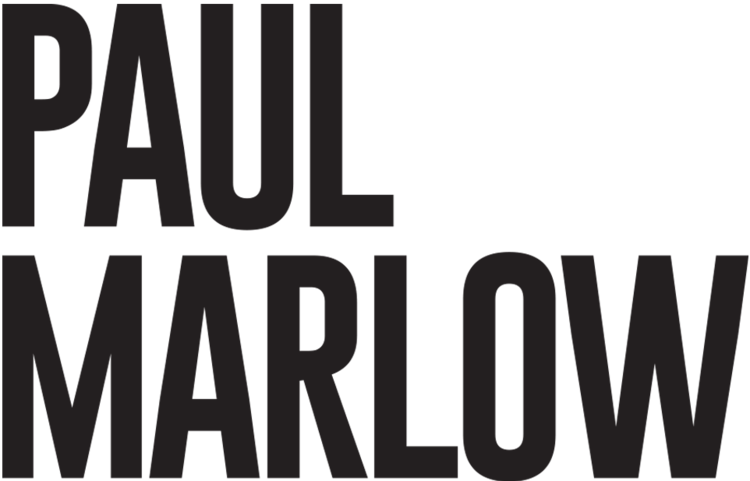The works by University of Iowa’s renowned printmaker still have the power to shock
I was introduced to the works of Mauricio Lasansky when I was a boy, visiting the University of Iowa Stanley Museum of Art. Lasansky was a professor at the University of Iowa at the time, and his work, “The Nazi Drawings”, had a powerful effect on me. It is not an easy group of artworks to experience.
Mauricio Lasansky, Triptych, 1963–71, The Nazi Drawings Levitt Foundation © Lasansky Corporation.
Argentinian-American artist Mauricio Lasansky took the world by storm after his debut at the Whitney Museum of Art in 1967, followed by a tour of North America. Produced between 1961 and 1966, these 33 drawings were inspired by what Lasansky described as the "unleashing of brutality" of the Holocaust in all its brutal horror.
Mauricio Lasansky
Now they are being shown at the Minneapolis Institute of Art (Mia) in an exhibition called Envisioning Evil: The Nazi Drawings by Mauricio Lasansky, which revisits the works fifty-five years after they were first shown to the world. The expressive drawings, on regular paper with graphite pencil and watercolor washes meant to suggest blood, portrayed the victims and perpetrators of the atrocities of the Holocaust, but also the bystanders, whom Lasansky felt strongly bore a share of responsibility. The works act as both an expression of the changing perception of the Holocaust, as well as a document to help us understand the forces of hate that continue today.
TIME magazine called Lasansky “the nation’s most influential printmaker” in 1966. He explored abstract expressionism early in his career before turning to portraiture.
Mauricio Lasansky, №5, c. 1965–66
Lasansky’s parents were Jewish immigrants from Romania who had moved to Argentina to escape pogroms before he was born in 1914. He studied printmaking and engraving from his Polish father, who had made a living in those fields. He displayed early promise, showing favorably at the Mutulidad Fine Arts Exhibition with an honorable mention at 16 and a prize at 17 for sculpture. He entered the Superior School of Fine Arts in his hometown in 1933. He moved to the United States in 1943, eventually becoming a U.S. citizen. In 1945, he took his first position at the University of Iowa, as a visiting lecturer for graphic arts. Within three years, he became a full professor and ultimately established its school of printmaking.
He started the nation’s first Master of Fine Arts program for printmaking at the University of Iowa.
Lasansky began creating these artworks in the wake of the internationally televised 1961 trial of Adolf Eichmann, an SS officer who had been a major organizer of the Holocaust. The trial included the testimony of ninety survivors of concentration camps who, in their stories, gave faces and names to the atrocities that occurred in the Nazi’s “Final Solution to the Jewish Problem.”
The Nazis in Lasansky’s drawings are often depicted in helmets with protruding, animal-like teeth. The Nazis are not presented as human but as demonic creatures, in comparison to the children and other victims that populate these pieces, who survive the most harrowing acts of violence.
After Lasansky created the initial body of thirty drawings, he made an additional three works that put the Holocaust in context of his present day reality. Those are included in Mia’s exhibition as well.
One piece depicts a KKK member with the German national anthem on his back.
Mauricio Lasansky, No. 18, 1961-63
At the time, making that connection was controversial. The world had gone from not recognizing the true horrors of the Holocaust in the aftermath of World War II, to a discourse in which comparing the Holocaust to anything was considered disrespectful.
On a personal note, I studied printmaking with Tomas Lasansky, one of Mauricio’s sons, during a summer workshop at the university, when I was in high school in the 1980s. Tomas was heavily influenced by his father’s work, continuing to create large portraits of famous and infamous people, just as Mauricio did later in his career.
Mauricio Lasansky, №29, c. 1965–66
When Lasansky first showed his Nazi Drawings to the world, people actually thought the drawings were created by Nazis. This caused an uproar, and one of the reasons the Minneapolis Institute of Art offers an addendum to that title, Envisioning Evil: The Nazi Drawings by Mauricio Lasansky. That addition not only offers context, but acts as a warning for visitors: it’s not an easy group of artworks to experience, but it communicates an enduring message.
In 2008, the drawings were moved out of the UI Stanley Museum temporarily, as a safety precaution. That year, the Iowa River rose to unprecedented levels in Iowa City, flooding the museum. As of Lasansky's death in 2012, the images were back on exhibit at the UI Stanley Museum of Art as a long-term loan. The drawings are scheduled to return to Iowa after the university reopens a new museum building in September 2022
ENVISIONING EVIL: THE NAZI DRAWINGS BY MAURICIO LASANSKY runs through June 26, 2022 at the Minneapolis Institute of Art, Minneapolis, MN.





